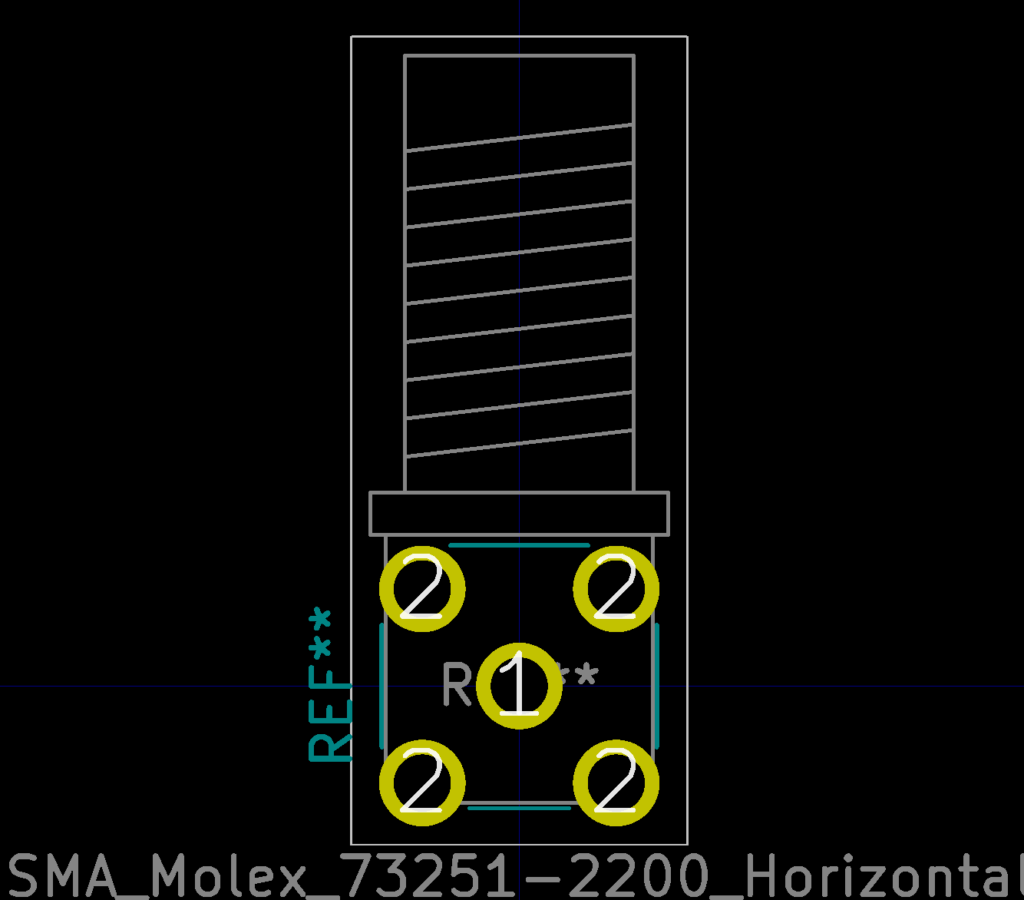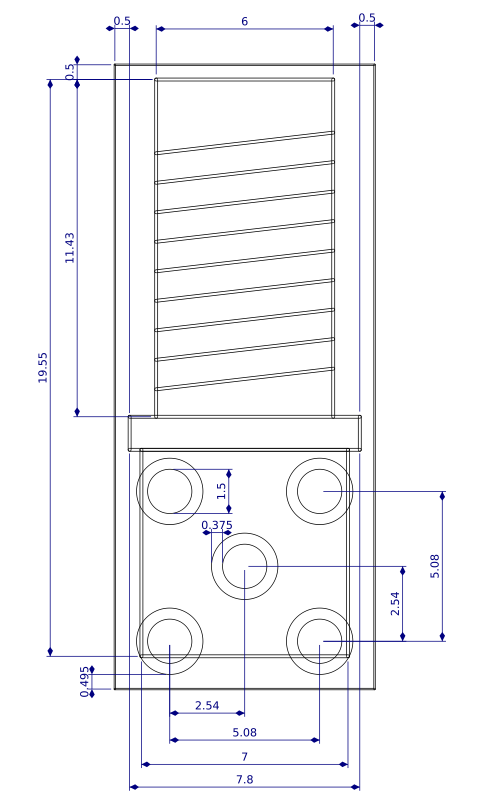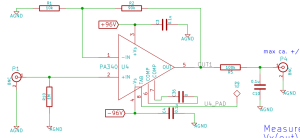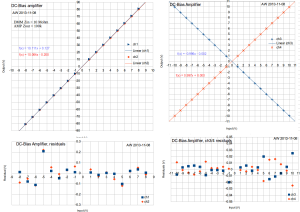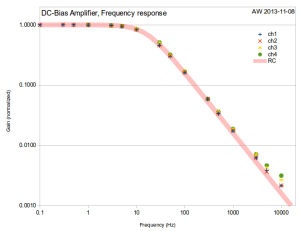Merged #1116 into master.
Tag: kicad
KiCad symbols and footprints
Update: Molex R/A 'long-neck' SMA-connector:
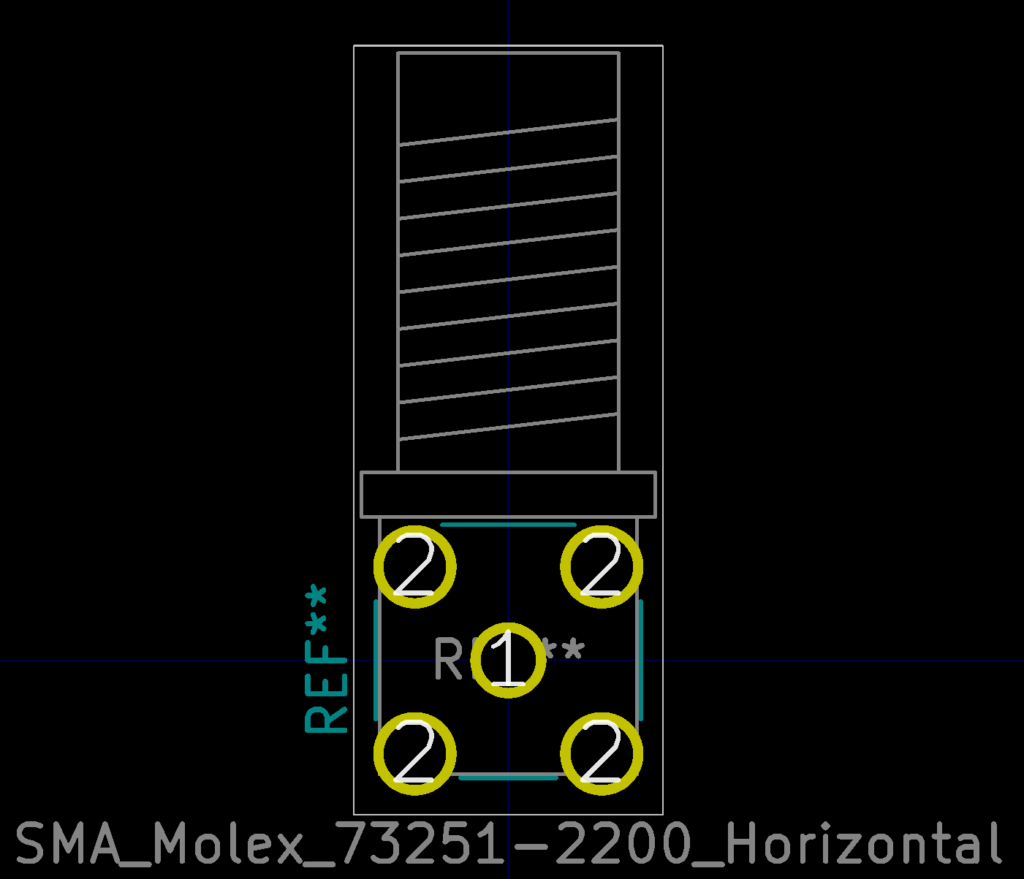
I sumbitted a few pull-requests to the KiCad libraries with some parts used on recent boards. Let's see if/when they make it into the main/released libraries...
On the to-do list is to submit an SFP-connector and Cage footprint... (unless someone has already done that?).
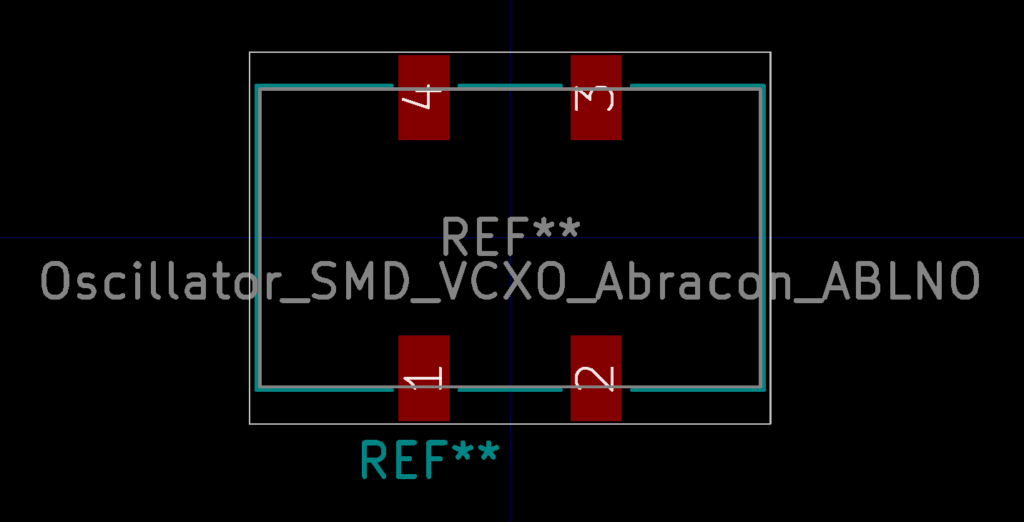
Abracon ABLNO SMD footprint 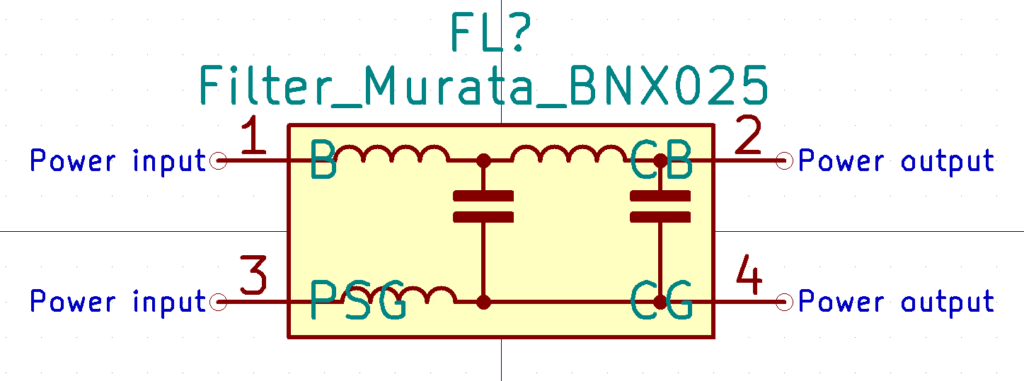
BNX025 EMI-filter 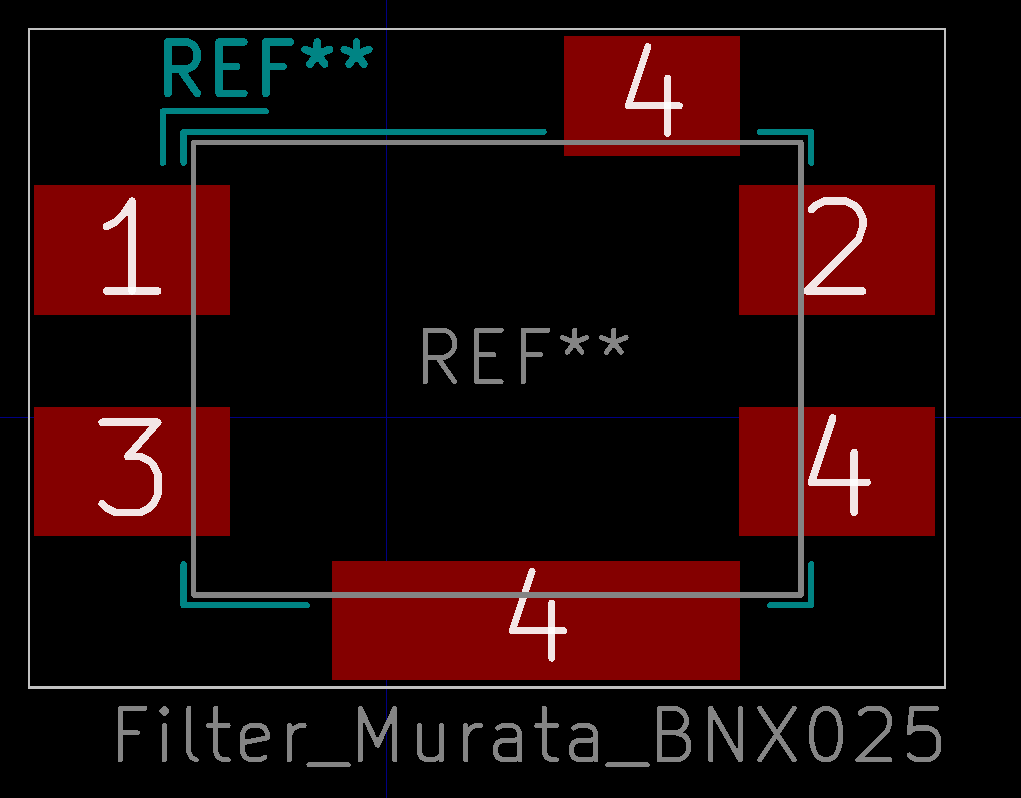
Murata BNX025 EMI-filter 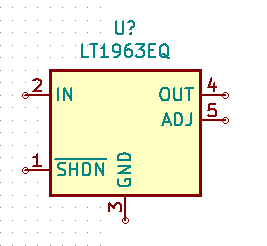
LT1963 positive adjustable LDO 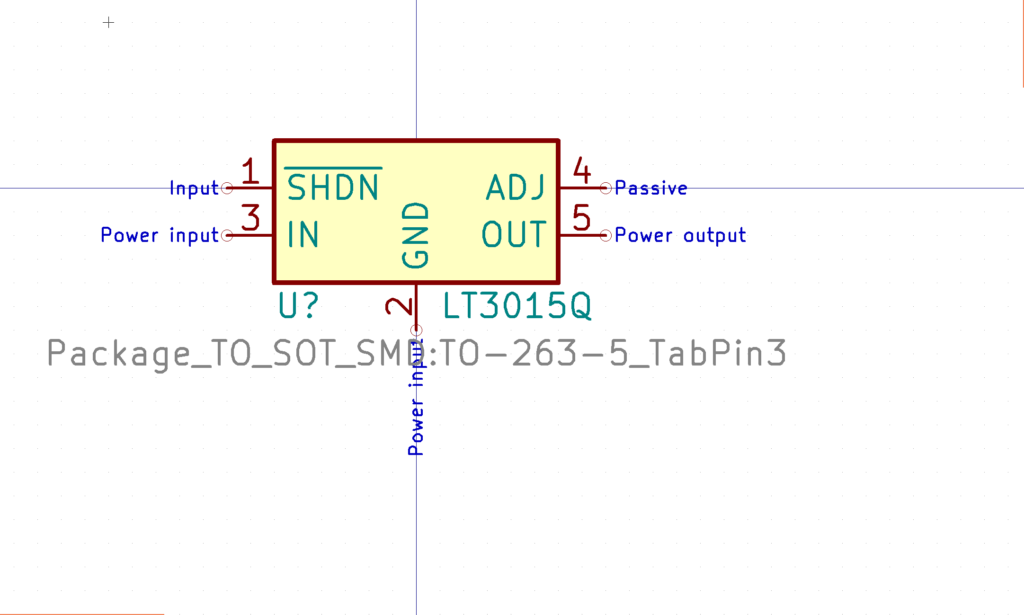
LT3013 negative adjustable LDO 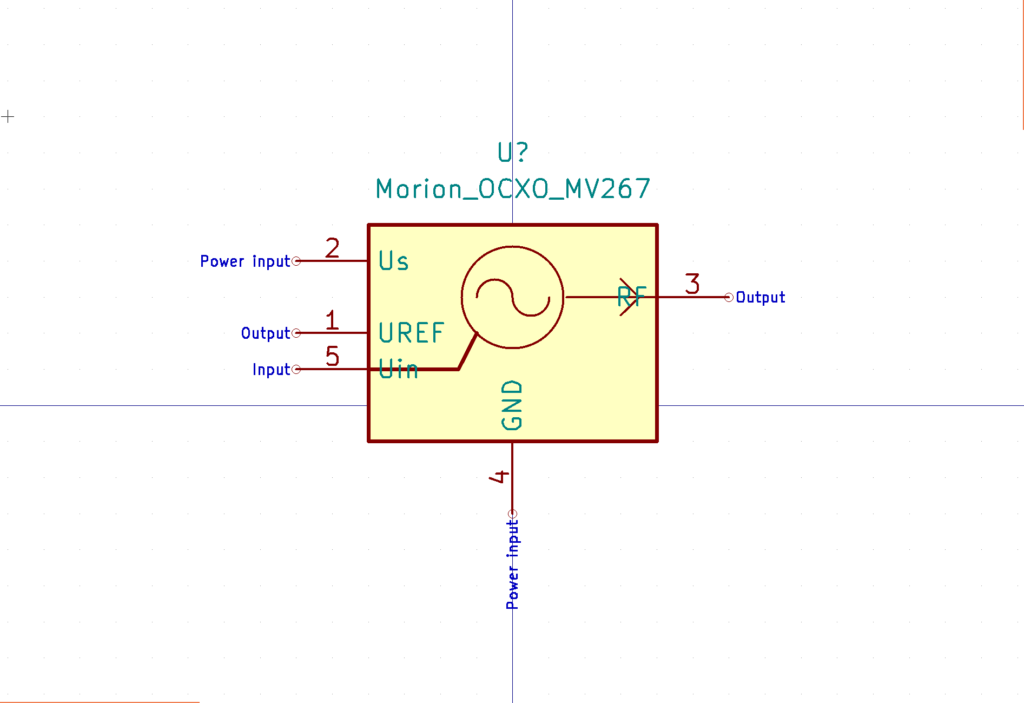
Morion OCXO (sine-wave) 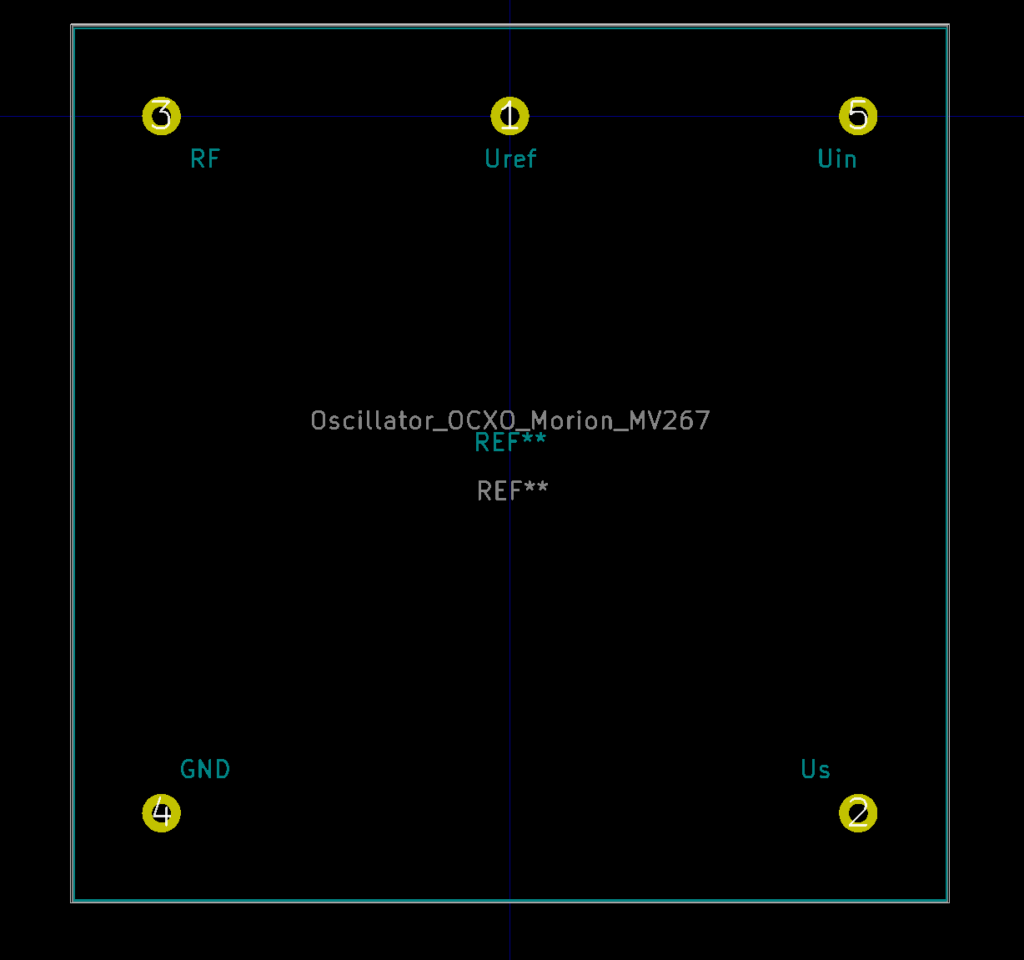
Morion OCXO 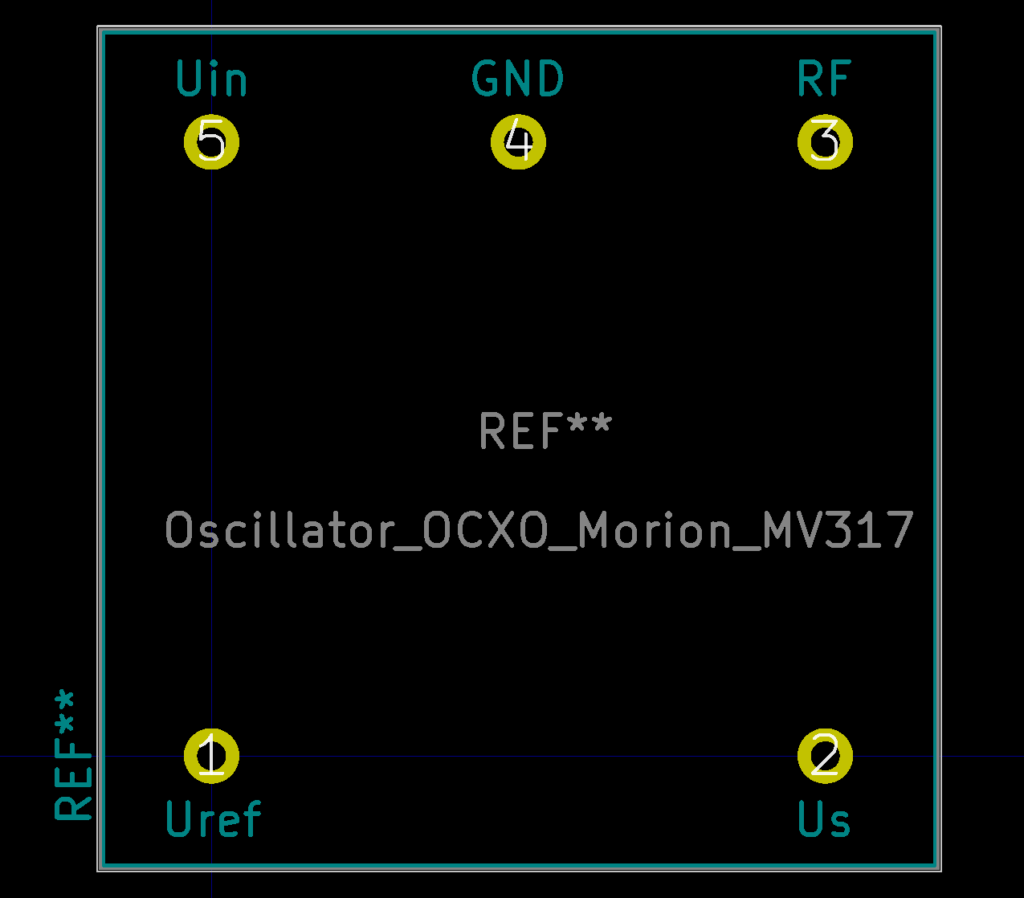
Morion OCXO 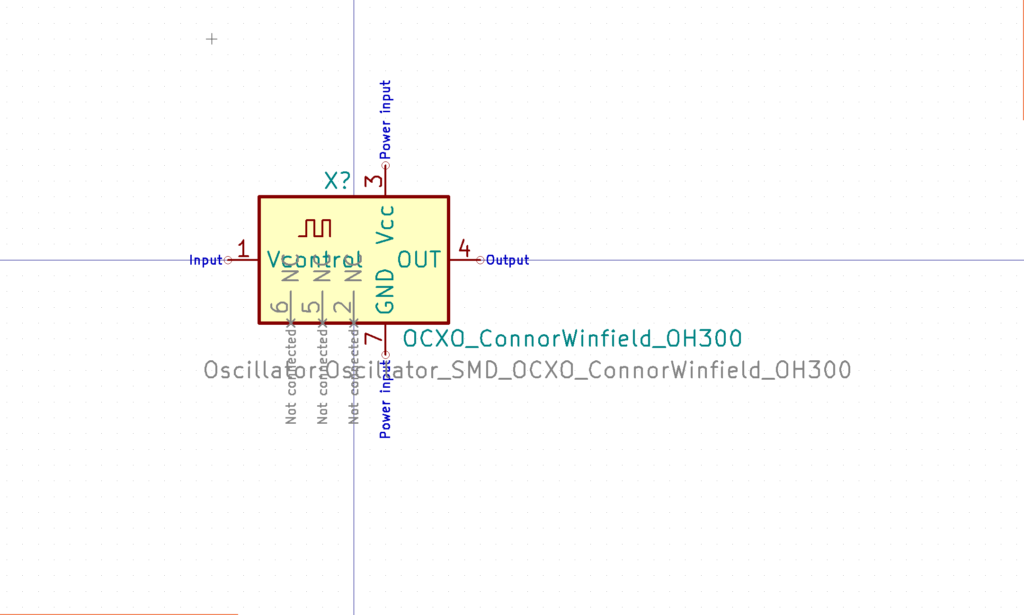
OCXO OH300 (symbol has a square-wave, but part outputs sine-wave...) 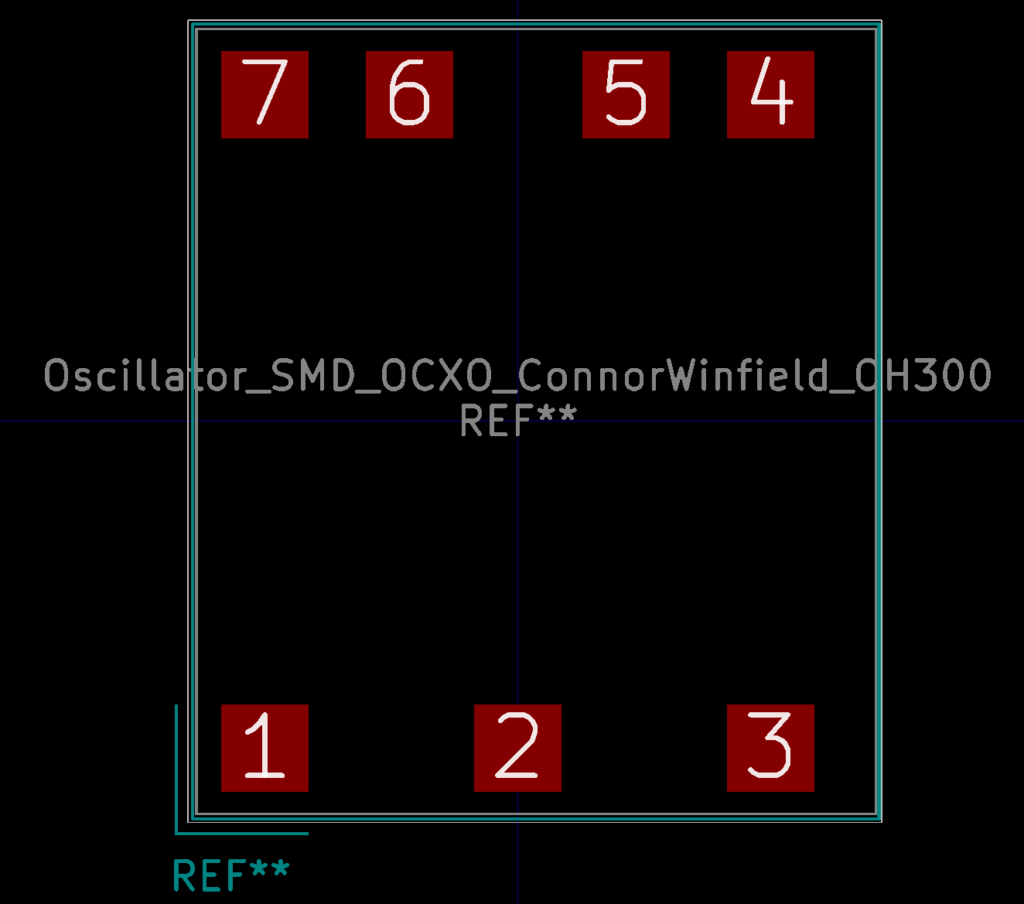
Connor-Winfield SMD OCXO "OH300" 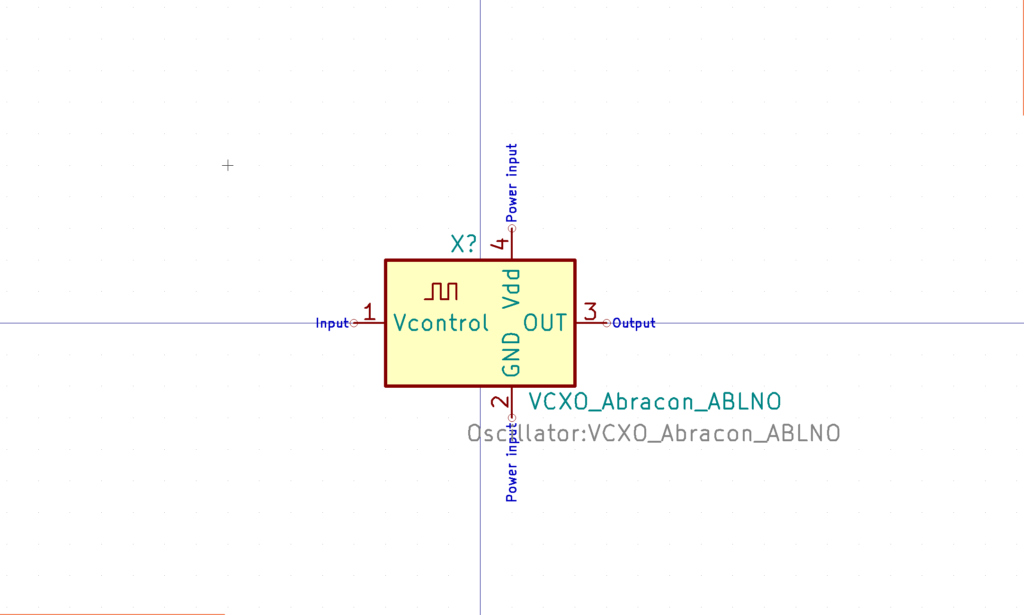
Abracon ABLNO VCXO (100MHz)
KiCad footprints now on GitHub
I've created a GitHub repository for my KiCad footprints
https://github.com/aewallin/awallinKiCadFootprints.pretty
Maybe some day schematic symbols will also follow this foolproof convention of
- directory <-> library
- file <-> part
ToDo: polish up some of the footprints, check if they adhere to the Kicad Library Convention, and try to get them included in the official libraries.
Installing the latest KiCAD on Ubuntu 14.04LTS
Add the ppa:js-reynaud/ppa-kicad to your list of sources:
sudo add-apt-repository ppa:js-reynaud/ppa-kicad
Then update package repository info
sudo apt-get update
Then install kicad
sudo apt-get install kicad kicad-common
Done. As of 2014-10-19 I get "Build 2014-jul-16 BZR unknown" - which should be new enough to contain most of the features I want.
There is a problem with this install because the environment variable KIGITHUB is not set. We do that by adding this line to ~/.profile
export KIGITHUB="https://github.com/KiCad"
For this to take effect you need to log out and then log in again. You should now see KIGITHUB defined in the under Preferences/Library Tables in Pcbnew. I still have KISYSMOD undefined, but that doesn't seem to matter(?).
So far so good. Next stop is learning how to work with the kicad github plugin so I can store my own symbols/footprints in my own github repo.
DC-Bias Amplifier
I've put together the first version of a DC-bias amplifier used for applying four DC-voltages to the trim electrodes of an ion trap. The axial voltages required are low, and they are applied symmetrically as +Vz and -Vz. The transverse voltages (X and Y) however can be as high as 100 V. Two high-voltage op-amps PA340CC are used for the X and Y channels, while the -Z and +Z output voltages are produced by two OPA454 op-amps. The amplifier has three +/-10 V inputs (Vx, Vy, Vz), and produces four outputs designed to be 10*Vx, 10*Vy, -Vz, and +Vz.
The amplifier circuit itself is very simple with the two PA340CC's in non-inverting configuration with a gain of 10, and the two OPA454's in inverting configuration, connected in series, with a gain of 1. The bandwidth requirement is very low, and the load should be equivalent to an open circuit - hence high 100k output resistor and a cap producing a 16 Hz low-pass filter on the output
See full schematic as PDF: bias_amp_v0
The high-voltage DC-rails for the op-amps are produced by connecting four +/-24 V DC-to-DC converters in series. This allows powering the amplifier from a single +12VDC powersupply-brick, and in theory produces +/-48 V for the lower-voltage op-amps and +/-96 V for the high-voltage op-amps.
One issue with DC-to-DC converters is that they produce both differential and common-mode noise on the output. Conventional filter-caps or Pi-filtering removes the differential noise but does nothing to the common-mode noise. A common mode choke and/or filtering capacitors across the isolation-barrier to the input-side ground are required to remove the common-mode noise. Here's a picture from a Murata app-note that explains the idea:
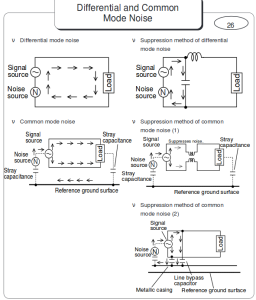
The components fit comfortably on a 100mm by 160mm PCB like this:
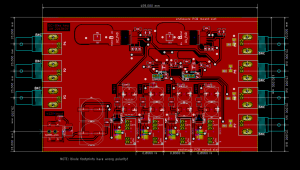
Only top Cu-layer shown. Why doesn't Kicad have built-in PDF export for the PCB-editor (like in the schematic-editor)?
Gerber and Excellon files from Kicad worked without problems with CircuitCAM for producing toolpaths for BoardMaster that runs our LPKF PCB mill. The PCB after milling, rubbed with steel-wool, cleaned with isopropanol, and then coated with PRF202.
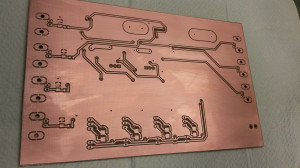
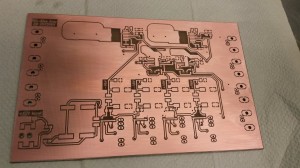
Components soldered, and board fit into an enclosure (Multicomp MCRECS160):
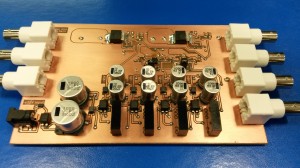
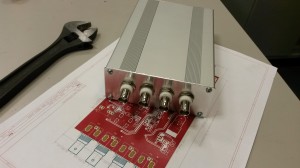
When powered up the DC-rails measured slightly lower voltages than expected. I got -89V, -44V, +44V, and +89V. The no-load input current was surprisingly high at 190mA. The dc-to-dc converters have a no-load spec of 20mA, so this explains about half of the measured current. The op-amps have a quiescent current of 3.2 mA @ +/48V for OPA454 and 2.2 mA @ +/-96V for PA340. So the 'middle' DC-to-DC converters that power all four op-amps should have 2*(3.2+2.2)= 10.8mA load at 48V and the 'side' converters only 2*3.2=6.4mA at 48V. That's 17.2 mA at 48V together, which should correspond to 84 mA at 12V if we trust the 82% efficiency number from the datasheet. So we can explain 80mA as no-load current and 84 mA from the quiescent current of the op-amps. That's 164 mA together, which is about 85% of the 190mA number shown by the powersupply. If my reasoning here is way off please comment below!
Initial measurements shows that the outputs behave roughly as designed. The high-voltage outputs max out at about +/- 85 V. Note that the 10 MOhm input of a DMM measures only 99% of the actual output voltage, due to the high 100k output impedance of the amplifier.
The frequency response is completely dominated by the 16 Hz low-pass RC-filter on the output, although the op-amps have unity-gain bandwidths of ~10 and ~2 MHz.
Notes and comments:
- This was the first board I designed with Kicad. It works rather well, and new enhancements are already on the way. The export of a netlist from the schematic-editor to the PCB-editor could be a bit smoother, and the footprint assignment should probably be done in the schematic-editor and the current CvPCB footprint-assignment bypassed.
- I used quite conservative design rules(mils): clearance 16, track 25, via 55, via drl 35. This seems to work quite well. The clearance could be reduced down towards 8 mils which is the minimum isolation clearance the PCB-mill can produce. Kicad automatically enforces clearance and via design rules interactively while routing the tracks - this is probably good once you get used to it.
- I messed up the polarity of the diode footprints - should be fixed if a second version is built.
- Linear regulators could be added on the DC-rails, after the pi-filters. Or perhaps a shunt regulator on the high-voltage rails.
- With no load the op-amps don't seem to heat up. So the heatsink copper areas may not be required.
- The BNC-footprint "BNC_Socket_TYCO-AMP_LargePads_RevA" has a quite large drill-spec for the mounting holes, could be reduced from 2.2mm to 2.1 or 2.0mm. The signal pin holes are also quite close to the large mounting holes. they could be moved further away by maybe 0.5 mm.
- I used kapton tape on the sides of the board, to insulate AGND from the aluminium case. Not sure what voltage the case should be at( +12V input ground?).
